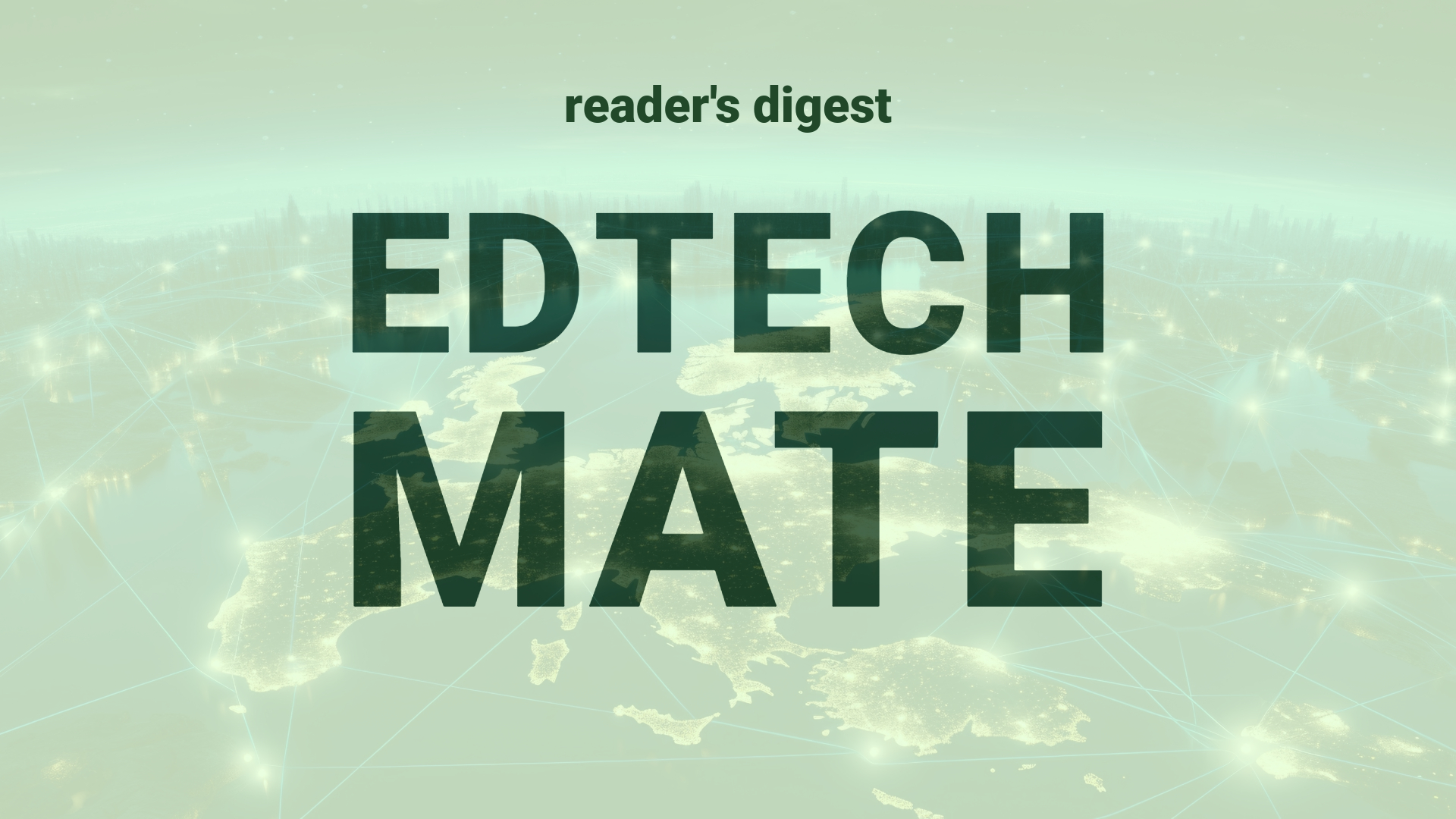Executive Summary and Main Points
The recent discourse in the education technology arena has emphasized the importance of “style alignment” conversations within professional settings. As digital transformation pervades higher education, integrating these proactive dialogues about work styles, values, and preferences is key to forging productive international education partnerships and reducing potential misunderstandings. This concept advocates for a holistic understanding of “style,” incorporating communication, personality, work preferences, and leadership approaches. Emphasizing upfront alignment allows for collaboratively determined agreements on engagement, fostering environments conducive to shared success.
Potential Impact in the Education Sector
In Further Education and Higher Education, the “style alignment” approach can alter engagement strategies among educators, administrators, and students, leading to transparent and efficient collaboration in project execution. Incorporating this practice can also enhance strategic partnerships across institutions on a global scale by bridging cultural and operational differences. In the domain of Micro-credentials, these conversations help align the diverse needs of industry partners with educational providers, ensuring programs are relevant and tailored to real-world demands. Overall, style alignment holds potential for strengthening trust and innovation across higher education’s multifaceted interactions.
Potential Applicability in the Education Sector
Digital tools and AI can play crucial roles in facilitating and optimizing “style alignment” conversations in global education systems. AI-driven platforms could provide frameworks and templates for such discussions, ensuring consistency and covering cultural nuances. Digital communication tools can be leveraged to support ongoing dialogue between partners across the globe, with analytics providing insights into team dynamics and individual preferences. Utilizing these technologies can aid in personalizing educational experiences and administrative operations, promoting a more empathetic and effective educational environment.
Criticism and Potential Shortfalls
While “style alignment” presents numerous benefits, potential criticism includes the feasibility of scale in diverse and large educational institutions, wherein nuanced individual alignments may prove resource-intensive. International case studies reveal disparities in the adoption and effectiveness of these strategies due to cultural barriers and the diverse ethical stances on privacy and data use related to digital profiling. Without careful implementation, there is a risk that accentuating differences through these conversations could inadvertently reinforce biases or develop echo chambers in learning environments.
Actionable Recommendations
To capitalize on style alignment in international higher education, institutions should foster an institutional culture that prioritizes these conversations as cornerstone practices for collaboration. Training programs can be developed to equip staff with the skills necessary for effective style alignment dialogues. Digital tools should be leveraged to facilitate and track these engagements, ensuring a consistent approach and providing data for continuous improvement. Leadership should advocate for and model these practices, emphasizing their strategic value in international partnerships and team cohesion. Finally, regular review of alignment agreements should be embedded into operational rhythms, to adapt to the evolving nature of global education dynamics.
Source article: https://hbr.org/2024/05/before-you-start-collaborating-with-someone-talk-about-your-work-styles

